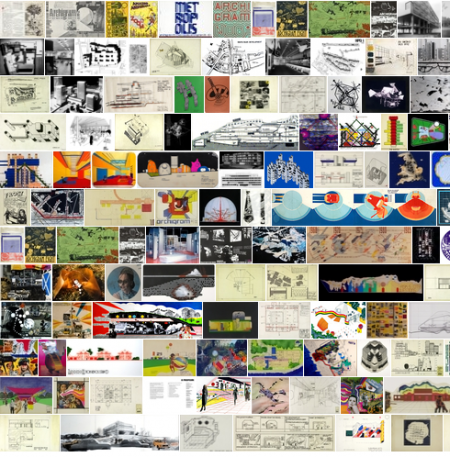Why there's no art without architecture | Jonathan Jones: "
Contemporary visual art amounts to little without the architecture that surrounds it. Maybe we art critics have been looking at the wrong stuff
Is there any difference between art and architecture? I'm wondering this after writing a feature that was as much about architecture as 'art' – and in envy of architectural critics off to Rome to see
Zaha Hadid's latest wonder, the Maxxi. It is impossible to conceive of the history of art in exclusion from that of architecture. If you were writing about the Baroque style, or the Arts and Crafts movement, or any other major cultural era: just to write about paintings and sculpture and ignore the buildings they were created for would be to trivialise the subject. It's the same today.
What will future cultural historians say about the arts in our time? They will almost certainly see architecture as the backbone of visual culture in the early 2000s. A brilliant moment in museum architecture (they will write), from
Frank Gehry's Guggenheim to Zaha Hadid's Roman gallery, was a significant event in early 21st-century art. Visiting a museum became an enjoyment of grand space, a cubist exploration of architectural complexity.
It might have been a great moment in serious visual culture – but it was one that produced few artistic masterpieces in the conventional sense. The best art – from
Martin Creed's The Lights Going On and Off to
Richard Wright's elusive wall paintings – simply and eloquently comment on the architecture it graces.
Just as 17th-century Baroque paintings are most moving in the context of the architectural and decorative ensembles of southern Italian churches, so the cultural historians of tomorrow will see the art of our day as inseparable from its settings. Art critics might look a bit silly, always reviewing 'art' in an age when visual art is so architectural. Art may not be where art is at. All too often, we are reviewing the carpets, and saying nothing about the construction of the house.
"












